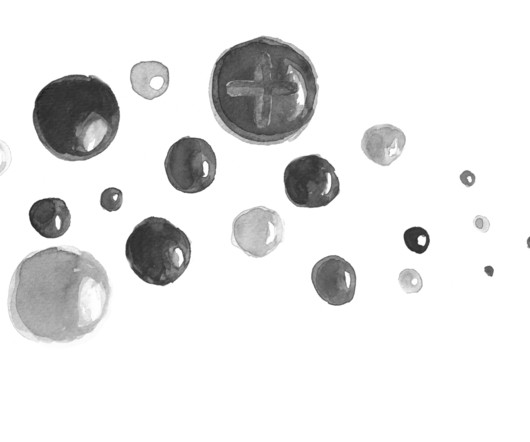EM@3AM: Stercoral Colitis
EMDocs
JANUARY 11, 2025
Well keep it short, while you keep that EM brain sharp. A 73-year-old female is brought in by EMS for abdominal pain, vomiting, and weakness for two days. 2, 8-10, 14 The clinical symptoms range from vague abdominal pain to florid septic shock and peritonitis secondary to bowel perforation. EMRA Antibiotic Guide.


































Let's personalize your content